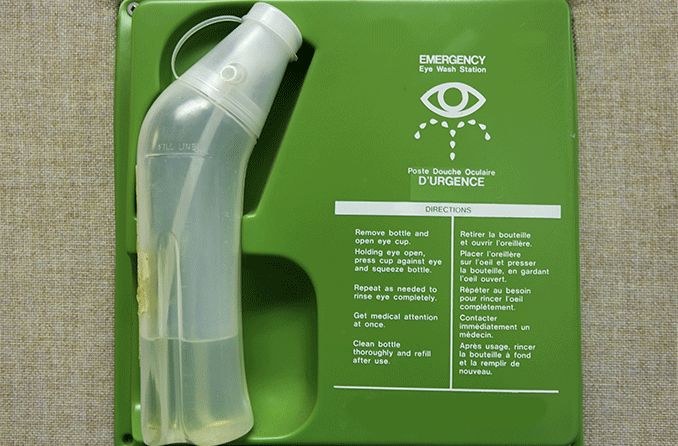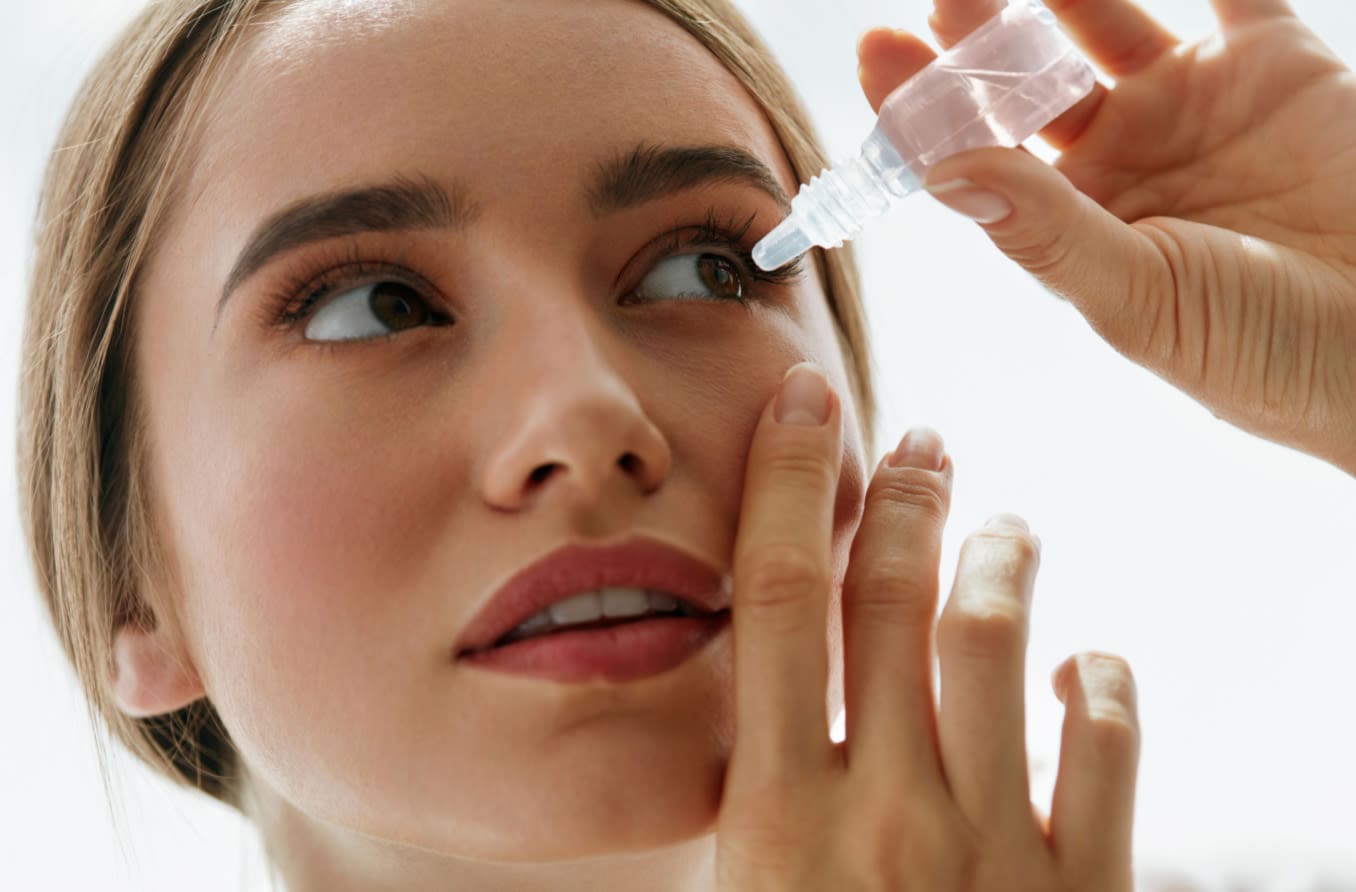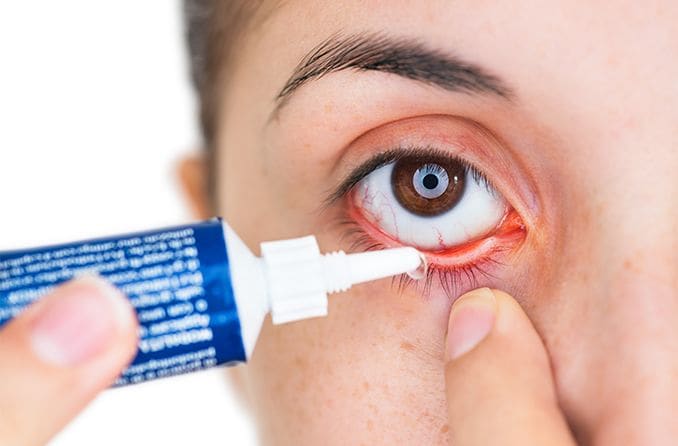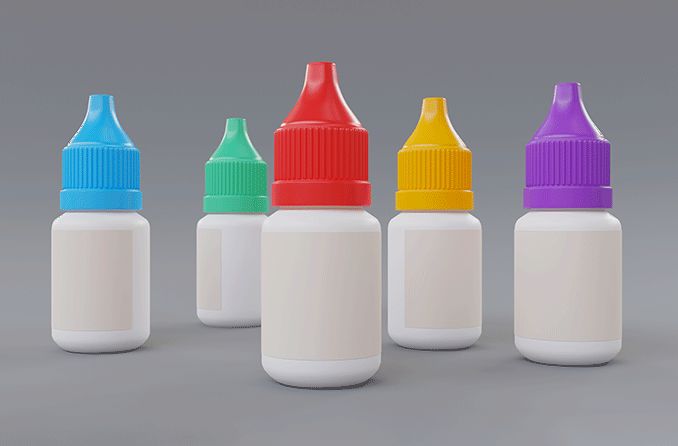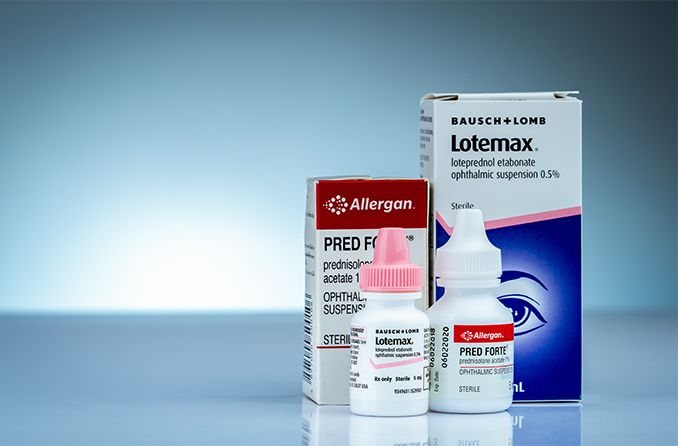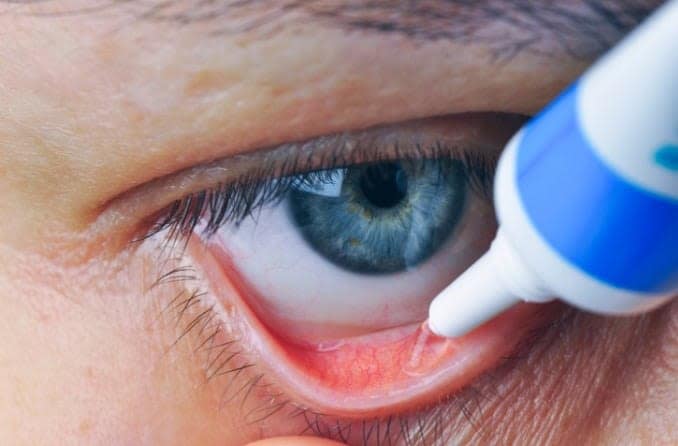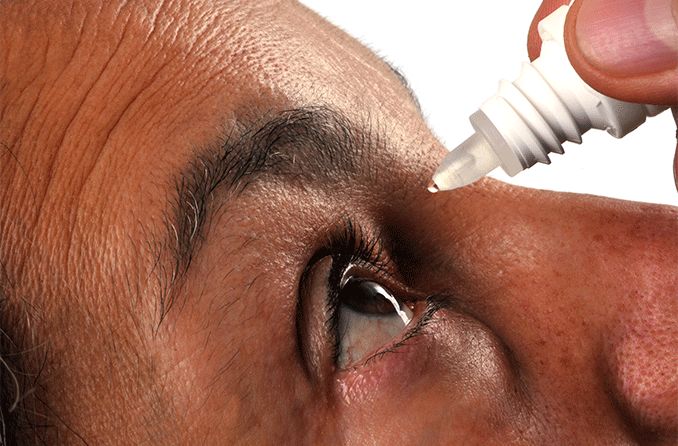When should I use an eye wash solution?
Eye wash solutions found in drug stores can be used to flush minor irritants, such as dust particles or chlorinated water, out of the eyes. They may help relieve burning and stinging by removing these foreign substances. Eye wash solution is not the same as contact solution or lubricating eye drops.
Eye wash solution can help to quickly address minor injuries or provide comfort or relief. Common reasons people use an eye wash include:
Easing irritated eyes.
Relieving stinging or burning sensations.
Helping itchy eyes feel better.
Removing allergy-causing materials (like pollen).
Flushing eyes after swimming in a pool treated with chlorine.
It’s important to note that eye wash solutions are not a substitute for rewetting or allergy eye drops. Eye washes are only intended to flush and irrigate the eyes.
It’s always best to use eye drops formulated for lubrication or allergies to treat these symptoms. Always see your doctor if you have an eye infection. They will prescribe antibiotic eye drops if you have a bacterial eye infection.
There are times when you should not use an eye wash as well:
If you have cuts, scrapes or burns in or near the eye
If the solution doesn’t look right (in color or clarity)
If you are wearing contact lenses (remove them first)
Commonly available over-the-counter eye wash solutions contain mostly purified water. But they may also contain ingredients that may cause uncommon or allergic reactions. If you experience any side effects or the eye wash doesn’t help, you should stop using it and consult your eye doctor.
Be sure to check the expiration date prior to using your solution. It’s also important to read the packaging to determine how to store your eye wash solution.
Is saline solution safe for my eyes?
Yes, store-bought or doctor-provided eye washes and saline solutions are safe when used as directed. They are made to be sterile. They will also be sealed at the factory so that you can feel confident they remain contaminant-free until you’re ready to use them.
But there are still precautions you should take to avoid infections and other complications (like corneal ulcers ). When using any product in or near the eyes, you should:
Make sure your hands are clean.
Read labels and use products correctly.
Listen to your doctor and follow directions.
Ask your doctor if you’re unsure about a product.
Discard any expired eye wash, solution or drops.
Do not reuse any eye wash, solution or drops.
Be careful not to cross-contaminate by touching the opening of the container.
Always use the container your solution came in. Don’t risk confusion by transferring it to another container.
Is homemade eye wash safe?
The simple answer is no. Homemade eye wash and saline solutions are not safe.
Store-bought or doctor-provided eye wash solutions are made to be sterile and do not contain harmful bacteria that can be present in homemade products.
Making your own eye wash means you are taking an unnecessary and dangerous risk with your eye health.
Homemade solutions used in the eyes have caused significant outbreaks of parasitic infections (caused by Acanthamoeba ). This parasite leads to multiple complications in the eye, some of which are very difficult to treat.
Symptoms of these infections can range from discomfort to pain and can also result in vision loss. This is why your eye doctor is likely to tell you not to make your own eye products at home.
Your best choice is to stick to the store-bought or doctor-provided options!
Another very good bit of advice that you should follow if you’re considering using an eye wash: Never put anything in your eye without making sure it is meant to go in your eye. For example, don’t use milk if you get jalapeño in your eye.
How to use a sterile saline solution or eye wash
Nozzle application
The nozzle application method allows you to flood your eye with a stream. Here are some things to keep in mind:
Control how fast you apply the solution by how strongly you squeeze the bottle.
To keep things sterile, be sure not to touch your eye with the tip of your solution applicator.
Put the cap back on the applicator after use.
Eye cup application
An eye cup application method submerses the eye in the eye wash fluid. To use an eye cup:
Always rinse the cup with the sterile solution first.
Be careful not to contaminate the inside or edges of the cup.
Fill the cup about halfway with your sterile solution.
Place the cup over your eye by leaning forward and pressing the cup to create a spill-proof seal against your skin.
Tilt back and open your eye.
I found a recipe online for making eye wash solution — should I use it?
No. Never use homemade eye products.

There are many kinds of eye solutions and eye drops, including sterile saline washes and lubricating, itch-relieving and allergy drops. Just as you would not make your own allergy drops, experts agree, you should not make your own eye wash solutions at home.
In fact, there are rules and regulations in place for employers who provide eye washes and eye wash stations for employees in high-risk jobs.
If you have ever been in a lab, wood shop or other production facility, you’ve probably seen an Occupational Safety and Health Administration (OSHA) required eye wash station. What you may not realize is that those eye wash stations are required to be maintained and kept sterile for people who may need to use them.
Should I see a doctor to get eye wash solution?
Many eye wash solutions are available over the counter. OTC eye wash solutions and sterile saline solutions are only intended to wash minor irritants out of the eyes. They can be very helpful to flush the eyes of things like pollen, air pollution, chlorinated water or dust. They can also be used to rinse contact lenses after using a contact lens cleaning solution.
If something larger or more serious enters your eye, like a splinter or bleach, seek emergency treatment as soon as possible.
READ NEXT: Chemical eye burns
